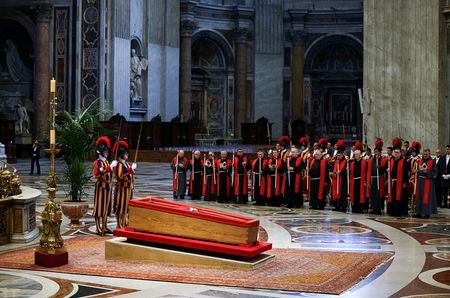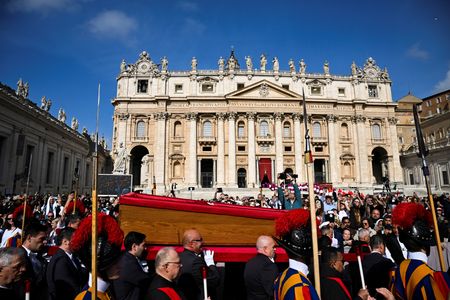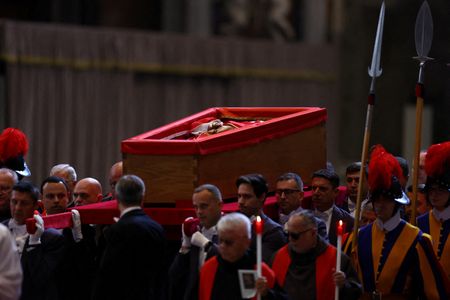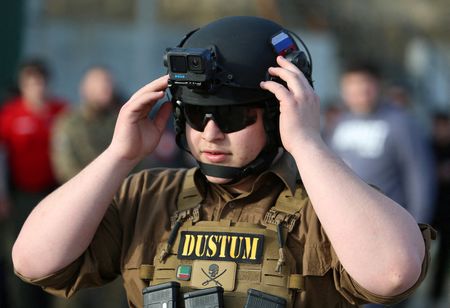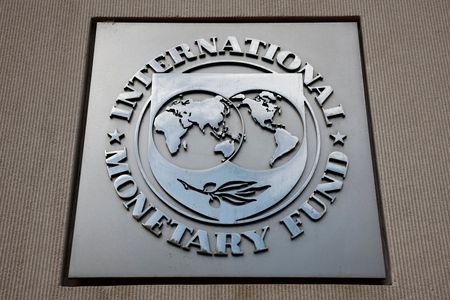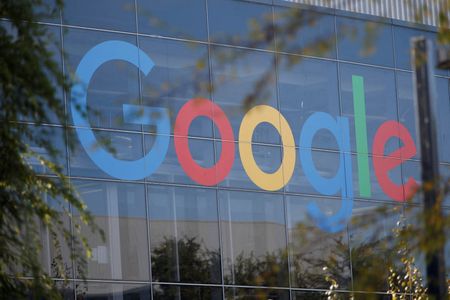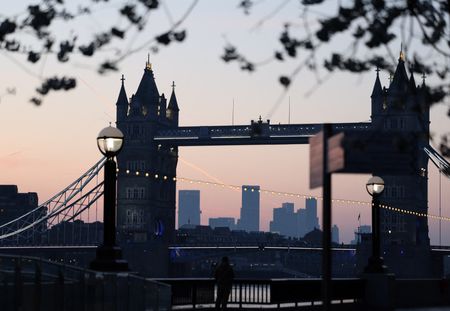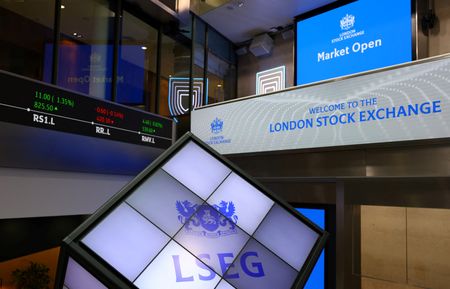By Crispian Balmer and Joshua McElwee
VATICAN CITY (Reuters) -Thousands of people poured into St. Peter’s Basilica on Wednesday to pay their final respects to Pope Francis, who is lying in state for three days ahead of his funeral on Saturday.
Crowds stretched down the main boulevard leading through Rome into the Vatican under an unusually warm spring sun, pressing forward slowly as people took their turn to see the late pontiff, laid out in an open coffin.
The body of the 88-year-old pope, who died two days ago in his rooms at the Vatican’s Santa Marta guesthouse after suffering a stroke, was brought to St. Peter’s in a solemn procession earlier on Wednesday.
Red-hatted cardinals, bishops, candle-carrying friars and helmeted Swiss Guards walked slowly into the vast, sunlit square in front of the basilica as a choir chanted psalms and prayers in Latin while a bell gently tolled.
As the coffin crossed St. Peter’s Square, a crowd of several thousand broke into repeated applause – a traditional Italian sign of respect at such events.
“He’s like a member of the family. Somebody very close to our hearts, somebody who made the Church very accessible to everybody and inclusive to everybody,” said Rachel Mckay, a pilgrim from Britain.
Vatican officials rushed to help 14 white-gloved, black-suited pallbearers carry the coffin up a stone incline, before the procession passed through St. Peter’s giant bronze doors and into the hushed interior of the ornate, cavernous church.
Francis, who had only recently left hospital after five weeks being treated for double pneumonia, last appeared in public on Sunday, when he delighted onlookers gathered to celebrate Easter by being driven around the packed square in his white, open-topped popemobile.
MIXTURE OF EMOTIONS
As the formal ceremony to bring the pope’s body to the basilica was ending, Sr. Genevieve Jeanningros, a nun from the Roman seaside town of Ostia, stood by his casket and cried.
Jeanningros, known for her work with the LGBTQ community, had hosted Francis for visits in Ostia several times.
Crowds were guided through the central nave of the basilica to come forward and offer respects.
Alex Lenrtz, a U.S. pilgrim who was among the first public mourners to stand in line, said he felt a mixture of emotions seeing his remains.
“It’s just such a surreal (feeling) … and seeing the body and just remembering everything that he stood for is very important.”
Francis’ body will lie in state in St. Peter’s Basilica until Friday evening.
His funeral is set for Saturday and will draw heads of state and government from around the world, including U.S. President Donald Trump, who clashed repeatedly with the pope on social issues such as immigration.
Leaders from Italy, France, Germany, Britain, Ukraine, Brazil, EU institutions and Francis’ home nation of Argentina have also confirmed their presence, amongst many others.
FUTURE CONCLAVE
A conclave to choose the new pope is not expected to start before May 6. The cardinals now gathering in Rome will decide the date following what are often prolonged discussions.
There is no clear frontrunner to succeed Francis, although British bookmakers have singled out Luis Antonio Tagle, a reformer from the Philippines, and Pietro Parolin, from Italy, as early favourites.
During the ceremony earlier on Wednesday, Tagle and Parolin stood together in the basilica, flanked by about 80 other cardinals, as the wooden coffin was laid on a dais.
The body was placed in front of the altar, built on the spot where St. Peter, the first pope, is believed to have been buried after dying as a martyr in the reign of Emperor Nero (54-68 AD).
Francis was dressed in red vestments, his hands clasped together holding a rosary, and a white mitre on his head.
Cardinal Raymond Burke, a U.S.-born conservative prelate who was often at odds with Francis during his 12-year papacy, was among those who approached the coffin and bowed.
ANOTHER REFORMER?
Francis shunned much of the great pomp and ceremony traditionally associated with the role of head of the world’s 1.4 billion Roman Catholics. He clashed repeatedly with traditionalists, who saw him as overly liberal and too accommodating to minority groups, such as the LGBTQ community.
In electing a new pope, cardinals will have to consider whether to complete Francis’ promised reform of the Church, making more room for women in senior positions and being more amenable to an evolving society, or opt for retrenchment.
Some 135 cardinals are eligible to participate in the secretive conclave, which can stretch over days before white smoke pouring from the chimney of the Sistine Chapel tells the world that a new pope has been picked.
Speculation is already rife on who should succeed Francis, who was from Argentina and was the first non-European pope in 1,300 years.
Swedish Cardinal Anders Arborelius suggested his fellow electors should again look beyond Europe, where Catholic congregations have been dwindling for years.
“I believe it would be very natural to choose someone from Africa, Asia, or in any case from those parts of the world where the Church is, in some way, more alive, more dynamic, and with more of a future,” Corriere della Sera newspaper quoted him as saying.
(Additional reporting by Alvise Armellini, Angelo Amante, Gabriele Pileri, Roberto Mignucci, Leonardo Benassatto, Lavina SdogaWriting by Crispian Balmer and Alvise Armellini; Editing by Alex Richardson and Frances Kerry)

